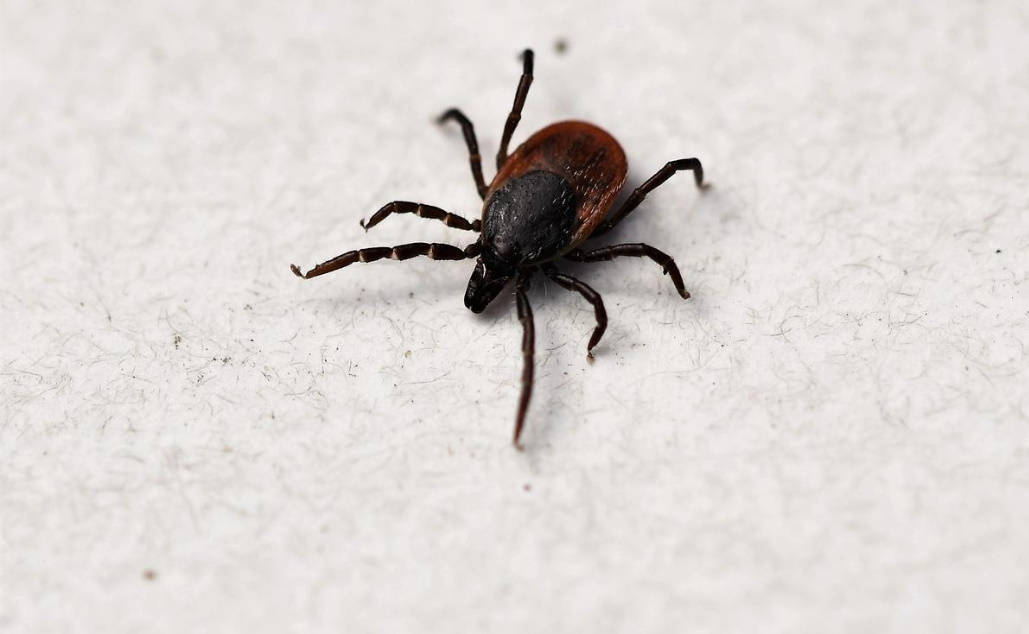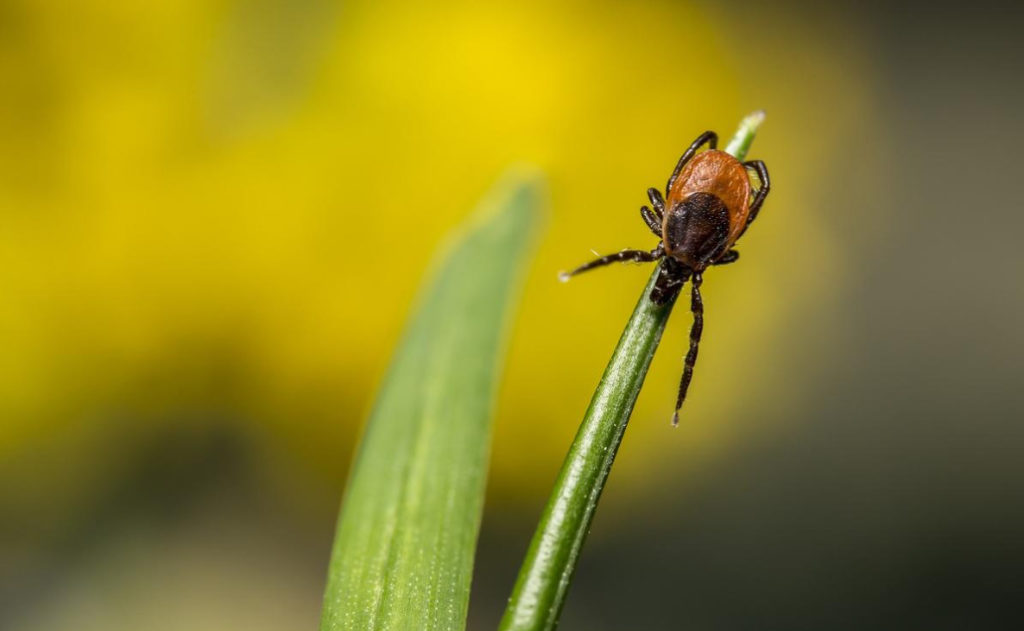A large area of our planet is occupied by forests. For us, this is a pleasant place, and for professional virologists, it is the cause of the greatest summer anxiety. The danger of encountering a tick, a carrier of dangerous viral diseases, in suburban forests, on garden plots and even on city streets is becoming more real for each of us every season.
Our cities are literally surrounded by zones of activity of ixodes ticks — carriers of tick-borne encephalitis virus and tick-borne borreliosis, or Lyme disease.
What exactly is the danger of ixodic ticks
A person bitten by a tick may not even suspect that malaise, headache, fever is not ARVI at all, but terrible encephalitis. The disease can be so severe that a person will remain disabled for the rest of his life, will lose the ability to move normally, work, do without outside help. Lyme disease, or borreliosis, is much easier and very rarely causes severe complications in the form of paralysis. But still, this disease is not harmless and can cause damage to the heart, joints, and peripheral nervous system.
Where is the tick found and how it attacks
With the onset of hot, fine days, ticks simply attack people, domestic and wild animals by the millions. It is pets that are increasingly becoming the transmitting link on the way of ticks to people. If many people still try to protect themselves from blood-sucking insects with modern means before going to the forest or park, then they don’t even remember about dogs or other pets. And now the beloved dog, having collected a dozen ticks on his tail, brings them to a country house or to a city apartment.

If you spend your leisure time or vacation in nature, do not forget to protect yourself from ticks. Now a variety of repellents are available that repel insects. There are also special protective equipment for dogs and cats.
The tick guards the victim, sitting on a bush or in tall grass (50-70 cm). When by temperature he senses the approach of a warm-blooded creature, be it a person, animal or bird, he crawls at him, trying to hide as quickly as possible. Sticking to the skin, the tick injects anesthetic substances, so you won’t even feel it. But before he chooses a “more comfortable” place, he can travel around a person for up to 10-12 hours.
How to protect yourself from a tick
Before going to the forest, try to protect your body from a tick attack, especially your neck, arms, legs; fasten your sleeves, tuck your trousers into socks and shoes. In the forest, examine yourself and children every two hours, especially the areas of the thinnest skin (behind the ears, armpits, groin, etc.), where the tick prefers to stick.

Do not walk on trails under low thickets, do not bivouac under trees. After returning from the forest or park, remove and shake out the clothes well: the tick may be in its folds and seams. A dangerous insect can be brought from the forest on bouquets of flowers, branches, brooms, on the fur of dogs — at home it can bite you two days later.
What to do if a tick bites
If you find a tick on yourself, fill it with vegetable oil for 10 minutes. He will start to suffocate and get out himself. If he does not want to, carefully tie it with a thread or grab it with tweezers and try to rock it, and then gently pull it out.
Immediately destroy the tick. If you are afraid to pull out an insect yourself, contact the nearest emergency room, where the tick will be carefully removed by doctors. Watch yourself for at least three more weeks – if the temperature rises or a red ring-shaped spot near the bite site that spreads further, you need to consult an infectious disease doctor. You will not need to take any tests, you will be immediately prescribed treatment.
Vaccination is considered to be a very effective means of combating tick-borne encephalitis in Central European countries. In order not to spoil your summer, be more active than a tick, take measures in advance.


















